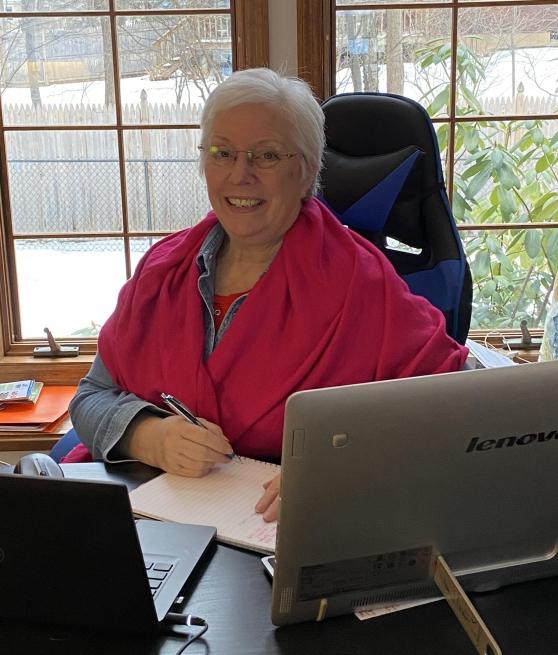Retired science teacher Virginia Jackson had been off the job only a month before she began working full time in March 2020 as a team supervisor in the COVID Test and Trace Corps of New York City.
“Those early days, often stretching from 9 a.m. to late into the evening, were the hardest and made the deepest impression,” she said. “It’s always touching when people share their struggles with the disease. They are stories I will never forget.”
Jackson was recruited for the corps because she had been a registered nurse for 30 years before becoming a teacher.
Working for the city’s Health and Hospitals Corporation, she began contacting individuals who had tested positive for the virus and listing all the people they might have come in contact with. During March and April, she often had to talk to people who were in the hospital.
In June, she was reassigned to the city Department of Health, where she is now investigating positive cases that are reported in non-DOE schools.
Her work, she said, has shifted from reaching out to individuals to investigating entire facilities and all the people working in them.

Virginia Jackson retired as a science teacher in early 2020 only to return to work one month later in a key role fighting the coronavirus.
While contacting New Yorkers who tested positive for COVID-19, Jackson was also responsible for assessing their general health, their mental health and their housing and for helping to provide whatever other support services they needed during their quarantine.
Sensitive to the concern and fear rampant in New York City, Jackson said she was trained very carefully about how to meet that fear and reassure her contacts about confidentiality.
“We were trained on how to talk to our contacts, to be professional but empathetic and sensitive to their fear,” she said. “If they were hostile, we were advised not to take it personally — to ‘meet them where they are.’
“Our responsibility,” she said, “was to control the spread of the virus during a desperate time with constant challenges and upticks. Fortunately, most people were cooperative.”
A science teacher for 17 years, Jackson is adamant that people understand that contact tracing is “really about science and understanding how the virus works.”
Now, Jackson’s work as an investigator includes notifying a private or parochial school that a person who tested positive for COVID-19 may have exposed staff members. She then supports the facility by rapidly identifying who may have been exposed and informing them of both their possible exposure to the virus and their need to quarantine. Once those responsibilities are met, she reviews the guidelines for
the safe operation of the building and makes recommendations for enhancing safety.
On the front lines since the beginning, Jackson has worked to ensure that people identified as COVID positive can safely go into isolation and that anyone exposed to a virus carrier also can quarantine.
“We need to have a population that is science savvy,” she said, “and teachers are the ones to get that across.”
Jackson had planned to have hipreplacement surgery when she retired. But she postponed her own needs to respond to the city’s call for qualified people to help get the virus under control. She will take care of her hip, she said, when New Yorkers are safe again.